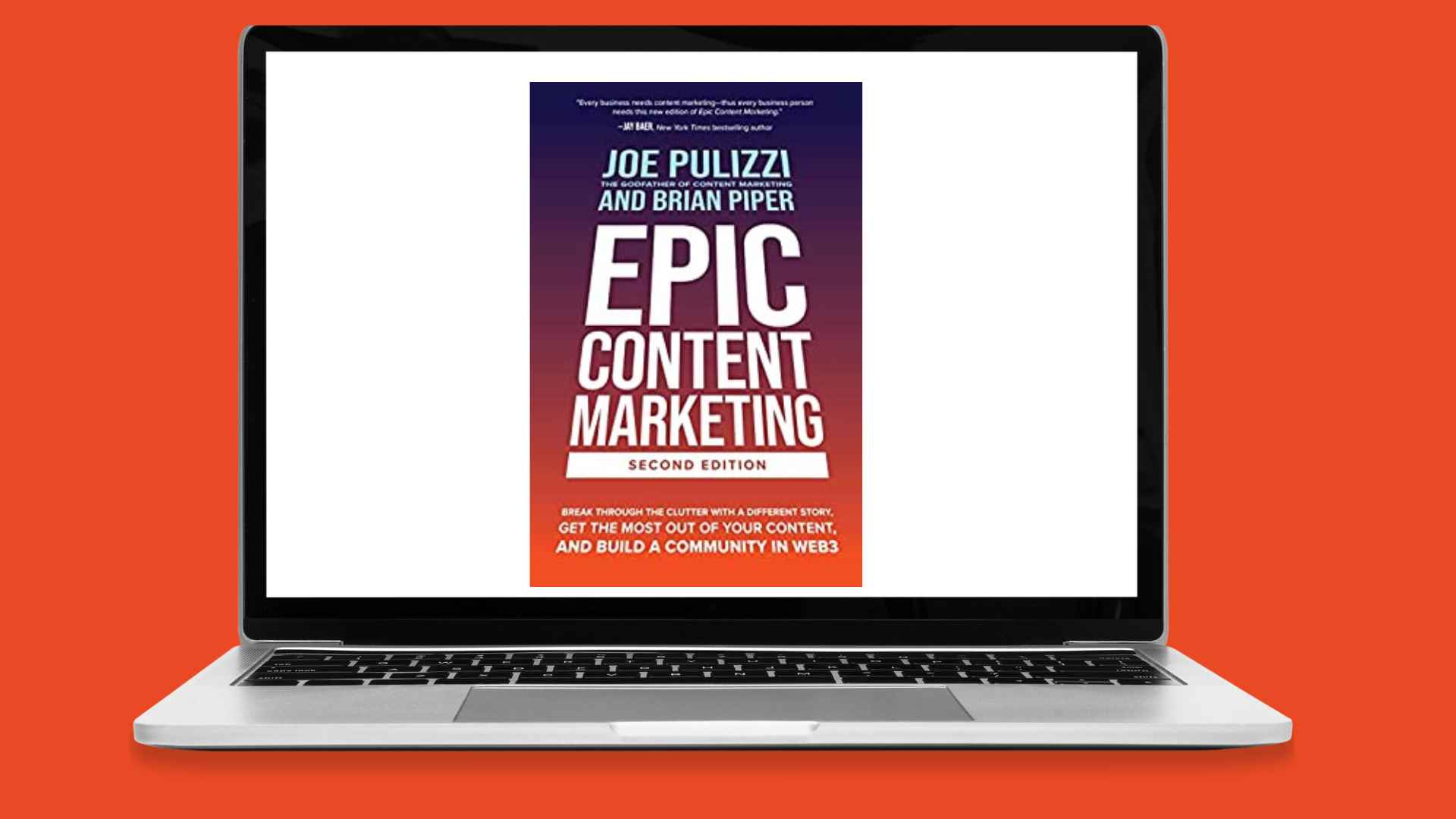Here’s six key content creation strategies from the second edition of Epic Content Marketing by Joe Pulizzi and Brian Piper
The challenges, problems, and solutions for content entrepreneurs are considerably different from those faced by content marketers at large brands. Those differences tend to center around scale, versatility, and focus.
The first edition of Epic Content Marketing focused almost exclusively on content marketers at large institutions. But one of the biggest changes to content marketing in the past ten years is the evolution of the creator economy and the rise of content entrepreneurs. The second edition of Epic Content Marketing had to be more inclusive of all practitioners of content creation and distribution.
Here are six key takeaways from the second edition specifically focused on content entrepreneurs.
- Start with one channel – There are so many channels and opportunities for content entrepreneurs to get their message out there, it’s tempting to try to leverage ALL the channels at once. But the way to build an audience and grow your content business is to find the ONE platform where you can stand out and connect with your target audience.
It’s important to consider where your audience is consuming content, but it’s also important to think about what channels YOU are best suited for. Are you a great talker? A clever and creative writer? An expert interviewer?
Don’t try to force yourself to be a blogger if you hate to write, even if your audience prefers consuming blog content. Maybe start with a YouTube channel, get some great content created there and then, once that’s working, think about re-purposing that content to be blog posts.
- Have a rented land strategy – This applies to anyone creating content, but is even more important for content entrepreneurs who eventually want to create a community they can leverage and use to drive revenue. Building an audience using social channels or a podcast is great, but don’t forget that your distribution is based on someone else’s algorithm and is dependent on your account remaining active on that platform and that platform continuing to exist (or not be banned). Look to convert your social followers to an owned channel like email or a community. Grow your audience everywhere (that makes sense), build your community in one place.
- Connect your strategy to your content – As content entrepreneurs, your time is your most valuable asset. If you’re spending time creating content that doesn’t support to your primary business goals, you’re wasting that time. Start off by clearly defining your mission statement and then make sure that every piece of content you spend time creating connects to that mission.
- Track your performance, watch your data – Tracking data is standard practice for most big brands and companies. If they don’t currently track their data, they at least know that they should.
Most content entrepreneurs don’t look at their data enough. Many will only notice the data when they see a particular piece of content performing well on one platform. Without looking at your data, you don’t have any idea of what is consistently performing better, what is causing your audience to act, and what is creating new clients and revenue for you.
A nice thing for content entrepreneurs is that they typically don’t have as much data to sort through. You can do a lot with the metrics included in social tools, but most of them only track back over a month or so. If you keep a running list of some key metrics (that indicate movement towards your goals), over time you will begin to see patterns and anomalies. It’s these pieces of data that will let you know what content you should be creating more of and what tactics are working.
You can download a social media tracking template from the Resources section of EpicContentMarketing.com that can give you nice starting point.
- Build your network and find opportunities to create in-real life (IRL) connections – Building your network is one of the most effective ways to grow your business. If you’re a content entrepreneur, you should be constantly networking. Connect with influencers in your industry on social, engage with their posts, and look for opportunities to add value for them.
In chapter 19, Alternative Content Promotion Techniques, the book discusses Andrew Davis’ Social Media 4-1-1 system. For every six pieces of content you share, four should be shared influencer content, one should be original research or education content for your audience, and one can be a promotion piece.
Go to conferences and other in-person events. When you go to these events, have a strategy to make the most out of them. Know who you want to connect with at these events and track them down. That is how the co-authoring opportunity for this book came to be.
- Create an exit plan – “All business owners are going to have an exit from their business; it’s just a matter of how much control they have over that exit.” – Joe Pulizzi.
Set your exit goals and align your strategies, tactics, tasks, and tracking/reporting to support those goals. Make every decision you make, including the creation of your Mission Statement, tie back to your exit goals. If you don’t know where you’re going, you won’t know if you’re making progress on your journey.
There are many more insights in the book but if you stick with these six as you’re planning and creating, you will be well on your way to content success!
About the author
Brian Piper is Director of Content Strategy and Assessment for the University of Rochester Department of Communications. Brian has been doing SEO and content strategy since 1996. He has created online training programs for hundreds of companies including Xerox, Carestream, Kodak, and Volvo. He has spent the last seven years focusing on data analytics, content marketing, and strategy. When he's not creating data visualizations, he teaches wingsuit skydiving and spends time with his wife and six children.










